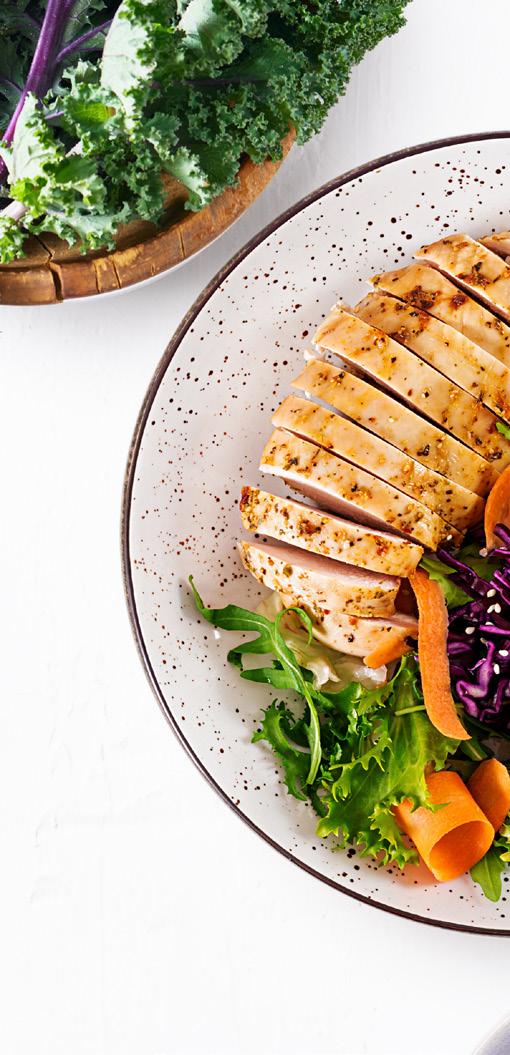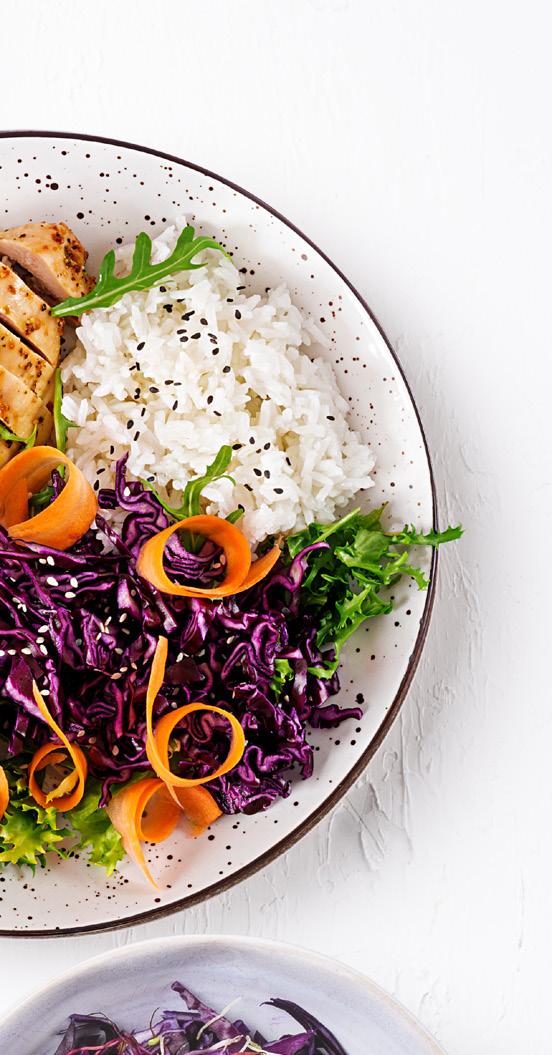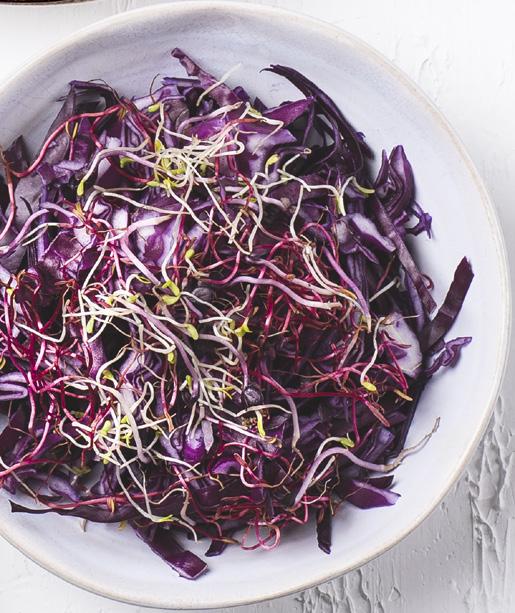
4 minute read
WHAT'S HOLDING BACK THE TIDE?
What’s Holding Back The Tide? WHY CONSUMERS ARE CHOOSING NOT TO ADOPT A VEGAN OR PLANT-BASED DIET
As campaigners, environmentalists, scientists and celebrities continue to hit the headlines extolling the long-term need and virtues of a vegan diet, it is surprising that consumer numbers are not higher. Research undertaken to uncover the perceived hurdles to adopting a vegan or plant-based diet has uncovered some interesting findings, explaining why 30% of meat eaters identify as flexitarian but are yet to transition to cut meat out of their diet altogether and why many are reluctant to give plant-based dishes a chance.
Vegan and plant-based menu options are not only cheaper and more profitable, with the supply chain struggles facing the sector currently, they are a positive way of overcoming issues with meat production. Understanding consumer resistance to avoiding meat or dairy gives operators scope to make alterations to their menus or communications, encouraging consumers to try a plant-based dish.
BARRIER
30%1 of consumers surveyed felt that current plant-based foods do not give them the nutrition they need. The protein trend is a big consumer driver influencing meat sales, highlighting the need for a plant-based alternative.
Some plant-based meals are not as fulfilling to eat, leaving consumers feeling hungry.
40%2 of consumers surveyed were put off by ‘weird’ ingredients.

Texture and ‘mouthfeel’ is a high priority when it comes to meat alternatives. Many consumers are sceptical about vegan fish or meat because early introductions were not appetising and the texture was unpleasant.
There is a misconception that a diet without meat, fish or dairy is unhealthy.

Consumers are seeking greater variety of plant-based or vegan cuisine.
Not being able to give up cheese is the main reasons for flexitarians not becoming vegan.
A YouGov survey in 2019 found that 29%3 of 11-18 year olds wanted to reduce their meat consumption, but felt there were not enough options available in school and restaurant menus. This was also reflected in a further survey where options and availability restrictions were cited as the second4 biggest reason for not being vegan.
POTENTIAL SOLUTION
Identify protein in dishes such as chickpeas, lentils and millet. Find a simple but effective method to communicate how many of their 5 a day are present and hero a vitamin rich vegetable such as broccoli, spinach, carrots or red cabbage to overcome concerns about nutrition.
Adding proteins such as legumes to dishes help to sustain a feeling of fullness for longer. Oats are also a great addition to dishes such as vegetable crumbles, soups, tart cases and meat-free meatballs because they are well known for being fulfilling.
Demystifying unusual or new ingredients such as tempeh is important to help consumers understand more about what they are eating. Recipes which hero anything that may not be recognised should be given a feature spot and staff trained properly on how to describe/sell it.
Fish and meat substitutes should only be introduced if you as the operator are convinced it is a strong likeness. Try to give dishes a variety of textures, making specific ingredients identifiable and the dish more enjoyable to eat.
As consumers continue to seek ways to improve their health and wellbeing, it is a great opportunity to highlight the vitamins, fibre or protein in a plantbased meal, celebrating its health credentials.
From pies and pastries to curries and pizza, its time to open up your kitchen to a world of flavour. Introducing vegan Mexican food or Thai food that’s full of herbs and spices, not only satisfies consumer demand for flavour, but it also highlights that plant-based dishes can be exciting too.
Cheese has undoubtedly been the dairy product that has struggled with flavour, texture and performance, however with fresh innovation coming through, it will not be long before vegan cheese matches its dairy counterpart, so keep trying and testing products as they launch!
Historically, operators featured one vegan/ vegetarian dish as a starter, main course and dessert, giving meat eaters much more variety. Attracting consumers in the vegan or plant-based space means that operators need to broaden the options available, so that meat free dishes are more than just a ‘token gesture’ on the menu.
1 MDPI (2019) Attitudes Towards Vegetarian and Vegan Diets in the United Kingdom 2 Gold & Green Foods (2020) Toluna 500 Consumers 3 YouGov (2019) Eating Better 2019 Youth Survey 4 MDPI (2019) Attitudes Towards Vegetarian and Vegan Diets in the United Kingdom




